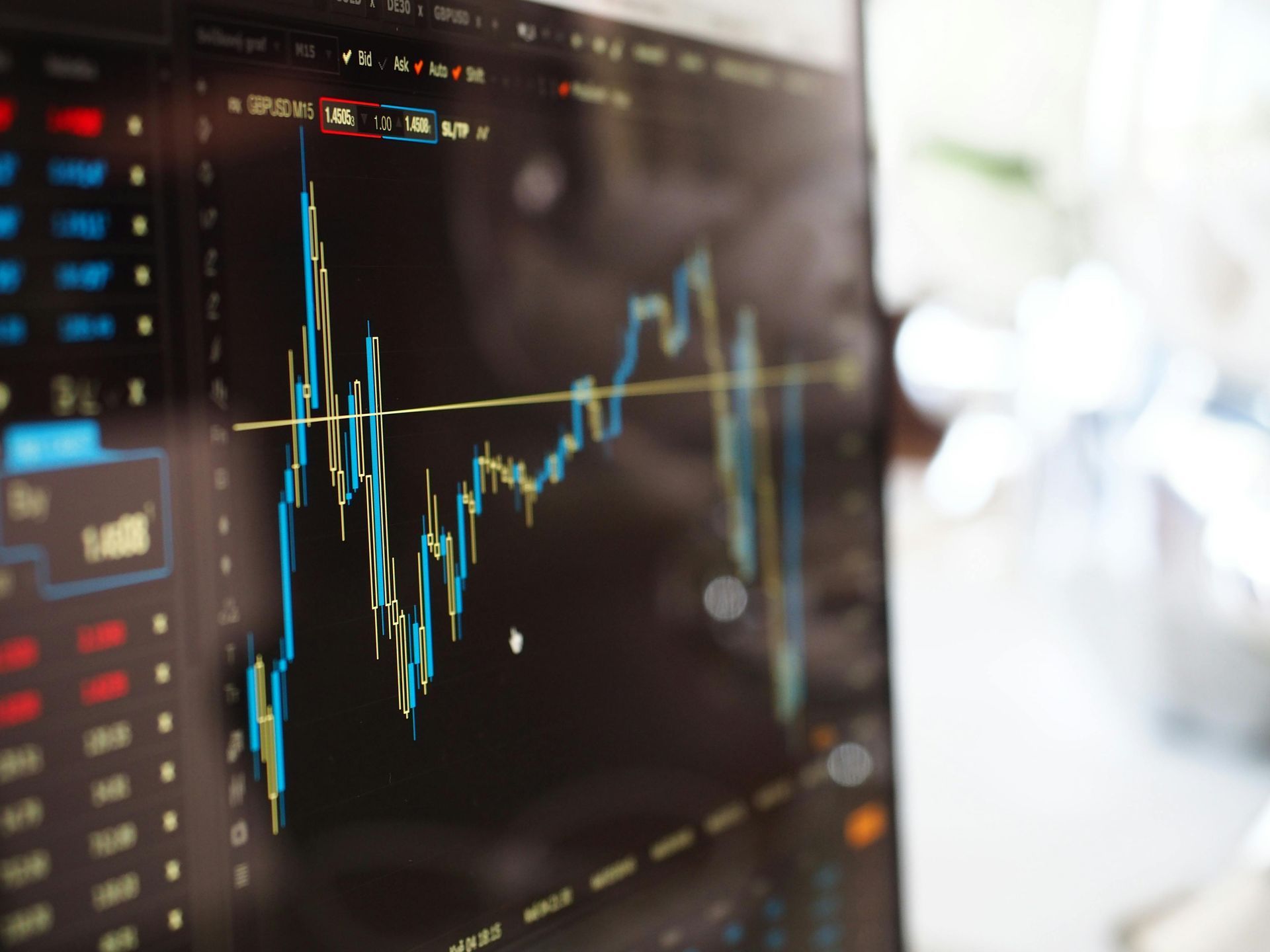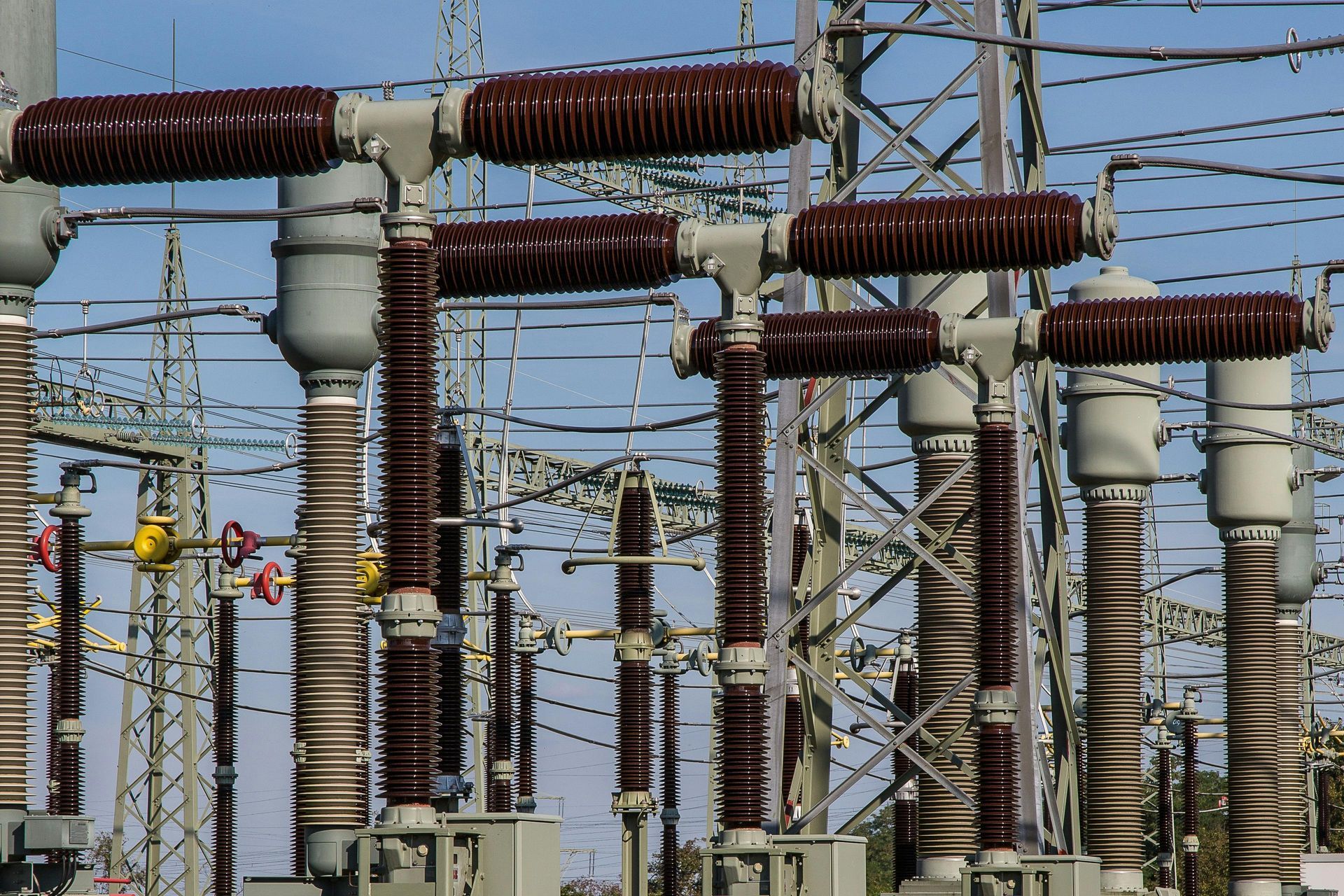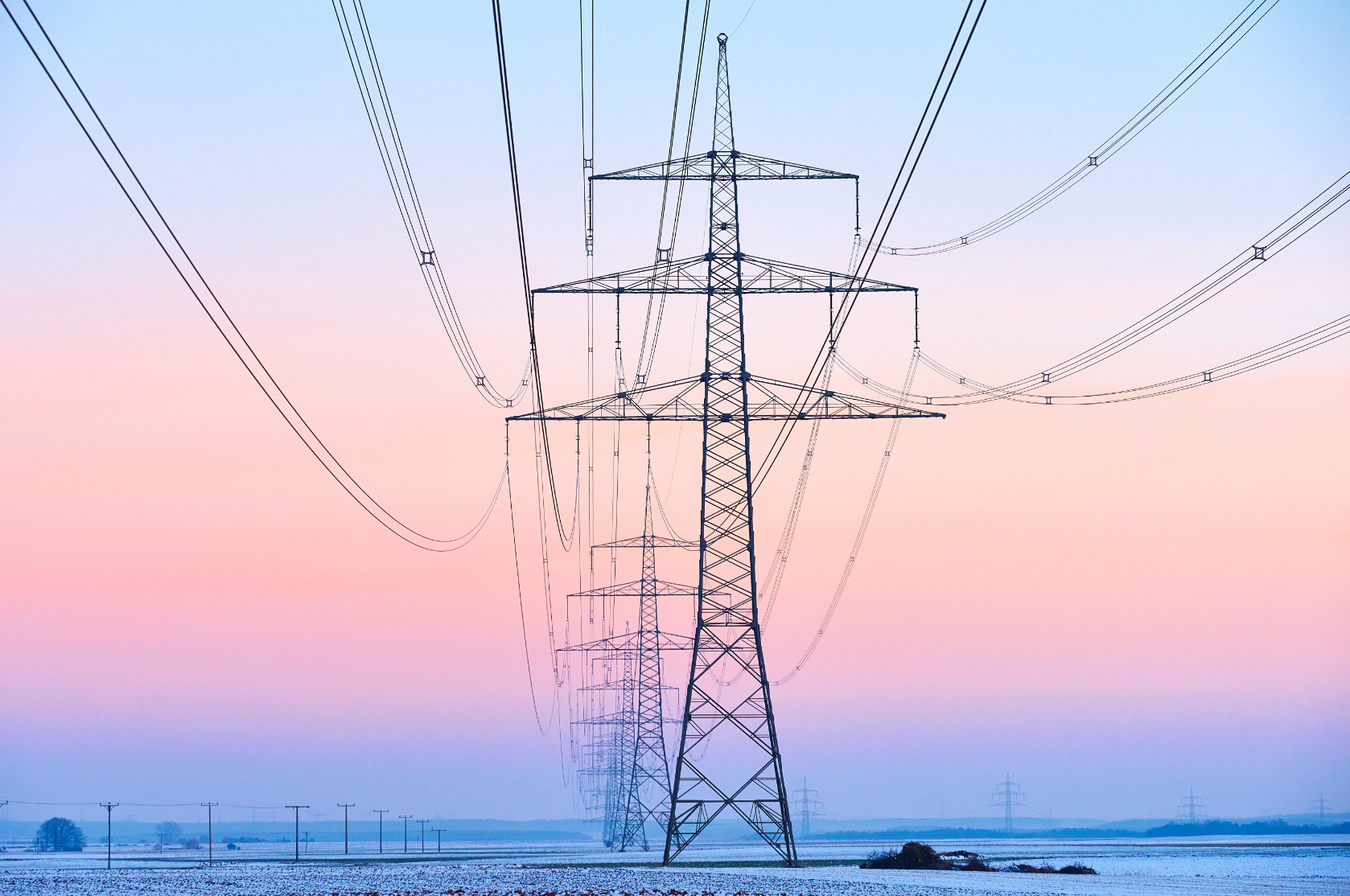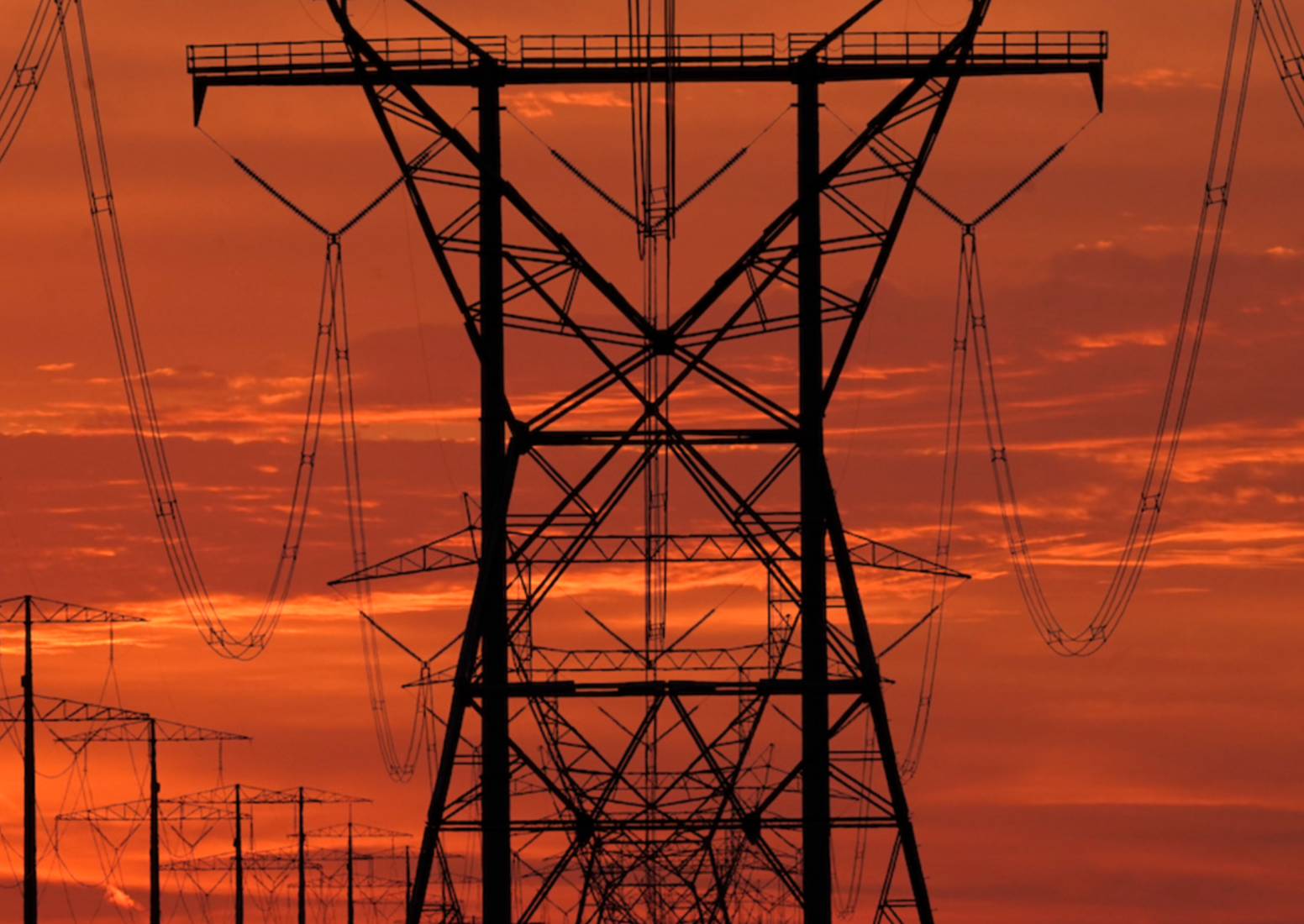What are Crude Oil Futures?
What is Crude Oil Futures Trading?
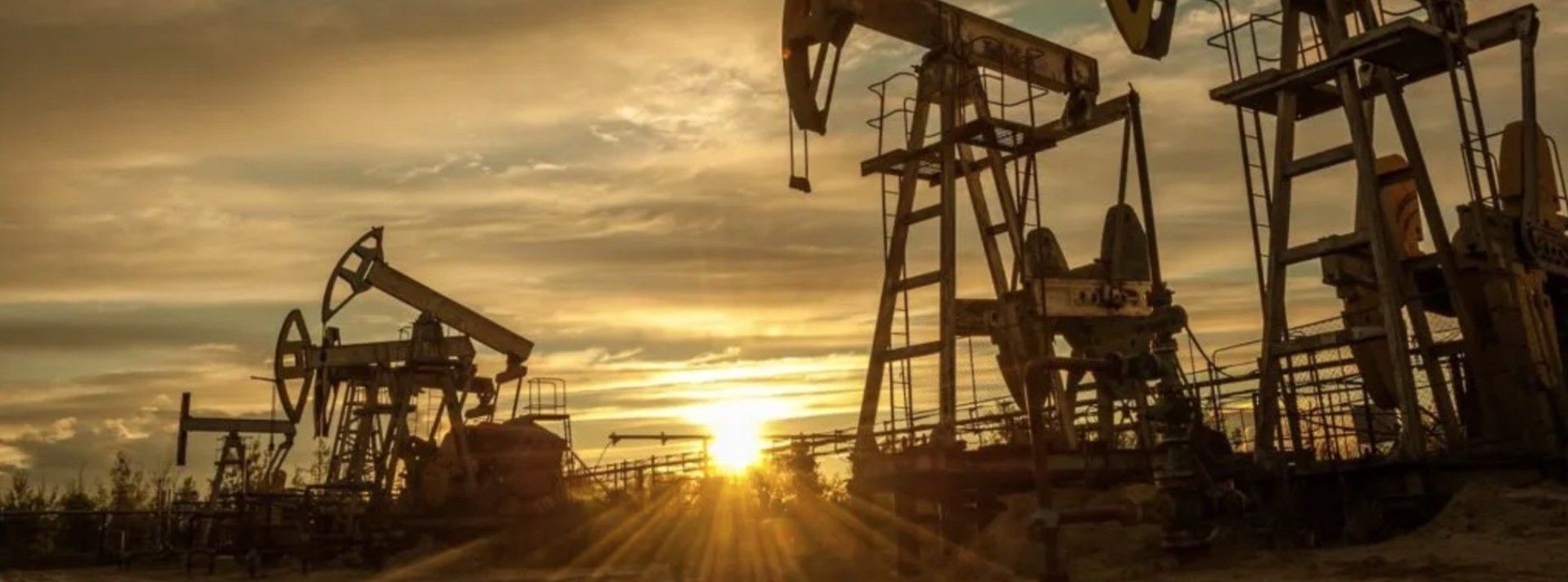
Crude Oil is a raw fossil fuel and a limited and non-renewable resource that naturally occurs when extracted from the earth and processed into usable, usually petroleum-based, commodities. Products such as diesel, jet fuel, gasoline, heating fuel, and other petrochemicals are produced by the process of refining crude oil.
Demand for crude oil generally correlates with seasons that are affected by fluctuations in weather. The commodity pricing can also be directly affected by geopolitical triggers such as unrest in oil-producing countries, which may cause pricing to surge or increase quickly. The impact of the United States’
ban on Russian oil and natural gas imports as a result of the
Russian - Ukrainian tensions that are currently present, is and will continue to trigger high oil prices until the unrest is settled and there will likely still be residual effects to be experienced afterward.
According to the U.S. Energy Information Administration (EIA)--In the United States, crude oil prices have increased steadily since the spring season of 2020, and are forecasted to remain elevated, to reach projected record-high production levels next year (2023). Click
here for visuals and more specific information about
EIA’s Short-Term Energy Outlook and related information about increasing crude oil prices.
The trading market for crude oil is one of the most active in the trading sector and is well known to futures day traders worldwide. This specific market is also very active, complex, and volatile, which means day traders that follow crude oil futures trading must be well educated about the topic and experienced with understanding the ins and outs of the futures market. Crude oil trends tend to track similarly to stock market trends, but the futures market is open 24 hours a day, which allows stock traders to have an idea of what stock pricing will look like when the stock market opens each morning.
This brings to question– what is the difference between trading futures and trading stocks?
Trading futures is not the same as trading stocks, as trading futures usually requires a large investment of starting capital and a specialized account to trade in the market and represents a commitment to sell/buy at a price that’s agreed upon, while trading stocks does not always or typically require any large initial investment upfront and represents ownership of part of a corporation.
Now that we’ve covered crude oil futures trading, you may be considering what other investment options there are available, to become more involved with the crude oil industry. Getting involved with investing in or buying oil stocks is another potentially lucrative path to consider in this realm, as once the concept is thoroughly understood and practiced over and over again, it can be a very effective strategy.
Investing in oil stocks directly is not typically a very straightforward approach, however, a path that requires less risk, such as buying equities in oil companies, can still be manageable with thorough research and an evaluation of commonalities/differences between companies and their potential pros and cons.
This article by NerdWallet breaks down the differences between some of the major categories of oil stocks and the differences between them.
We hope this helps you learn about crude oil and different ways to invest in this market.
READY TO REDUCE YOUR ENERGY RATE FOR YOUR BUSINESS?
Contact us today to see how we can help you save money on your energy bill
contact page form
We will get back to you as soon as possible.
Please try again later.
Keep updated with news from us
Subscribe to our newsletter
newsletter
We will get back to you as soon as possible.
Please try again later.
Ananta Energy Source | All Rights Reserved

